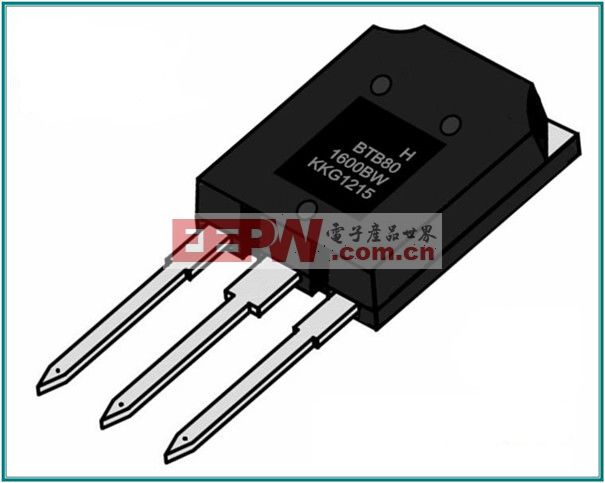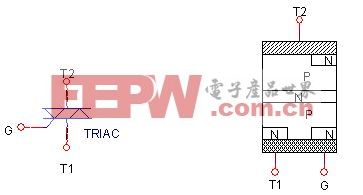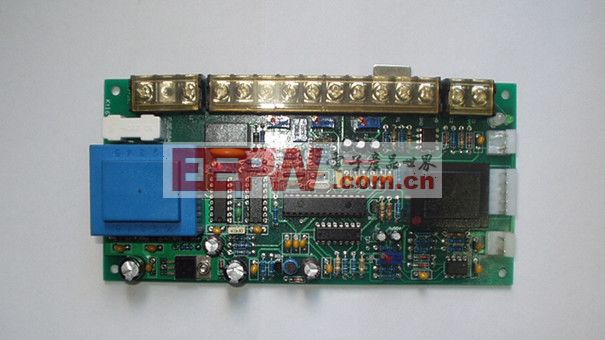Introduction: This article explores the working mechanism of the bidirectional thyristor, also known as TRIAC, and reveals some fascinating facts about its name in English. Radisson and others are excited to learn more — let's dive in!
First, Understanding the Working Principle of the Bidirectional Thyristor
The bidirectional thyristor, or TRIAC, is a three-terminal semiconductor device that can conduct current in both directions. It is essentially an AC switch that can replace two reverse-connected thyristors. Unlike traditional SCRs, which only conduct in one direction, the TRIAC allows for full-wave control of alternating current, making it ideal for applications like dimming lights or controlling motor speeds.

Second, The Structure of the Bidirectional Thyristor
A bidirectional thyristor has three terminals: T1, T2, and G. T1 and T2 are referred to as the main terminals, while G is the gate terminal used for triggering. Depending on the polarity of the voltage applied to the gate relative to T1, either T1 or T2 acts as the anode or cathode. This allows the device to switch current in both directions when triggered.
Once a trigger signal is applied to the gate, the TRIAC turns on regardless of whether the voltage across the main terminals is positive or negative. Without a trigger signal, it remains off. This makes it highly versatile for AC control systems.

Third, How the Bidirectional Thyristor Works
When a forward voltage is applied to the anode (T2), the internal transistors BG1 and BG2 amplify the current. A small signal at the gate triggers BG2, which in turn amplifies the current and activates BG1. This creates a positive feedback loop, causing the device to enter a fully conducting state. Once triggered, the TRIAC remains on even if the gate signal is removed, until the current drops below a certain level.
The key conditions for operation are: - Forward voltage must be present across the main terminals. - A sufficient gate current must be applied to trigger the device. - Once on, the device stays on until the current falls below the holding current. - If the voltage reverses or the current drops too low, the device turns off.

Extended Reading: The English Name of the Bidirectional Thyristor
The official English name for the bidirectional thyristor is TRIAC, short for Triode for Alternating Current. It’s also sometimes called a three-terminal AC switch. However, different manufacturers may use their own naming conventions:
- BCR: Used by companies like Mitsubishi. Examples include BCR1AM-12, BCR8KM, etc.
- BT: Commonly used by STMicroelectronics and Philips. Examples: BT131-600D, BT136-600E.
These variations reflect the specific characteristics and applications of each model.
Here are some additional articles you might find interesting:
- Working principle and schematic diagram of the bidirectional thyristor
- Design and application analysis of the bidirectional thyristor
- Principle and structure of the bidirectional thyristor
- Characteristics and usage of the bidirectional thyristor
Whether you're a student, engineer, or hobbyist, understanding the TRIAC opens up a world of possibilities in AC control circuits. Don’t miss out on learning more — explore these resources today! 🚀
High Voltage Drone Battery,High Capacity Drone Battery,Drone battery of high performance,High Voltage Dc Battery
Shenzhen Jentc Technology Co., LTD , https://www.phenyee.com